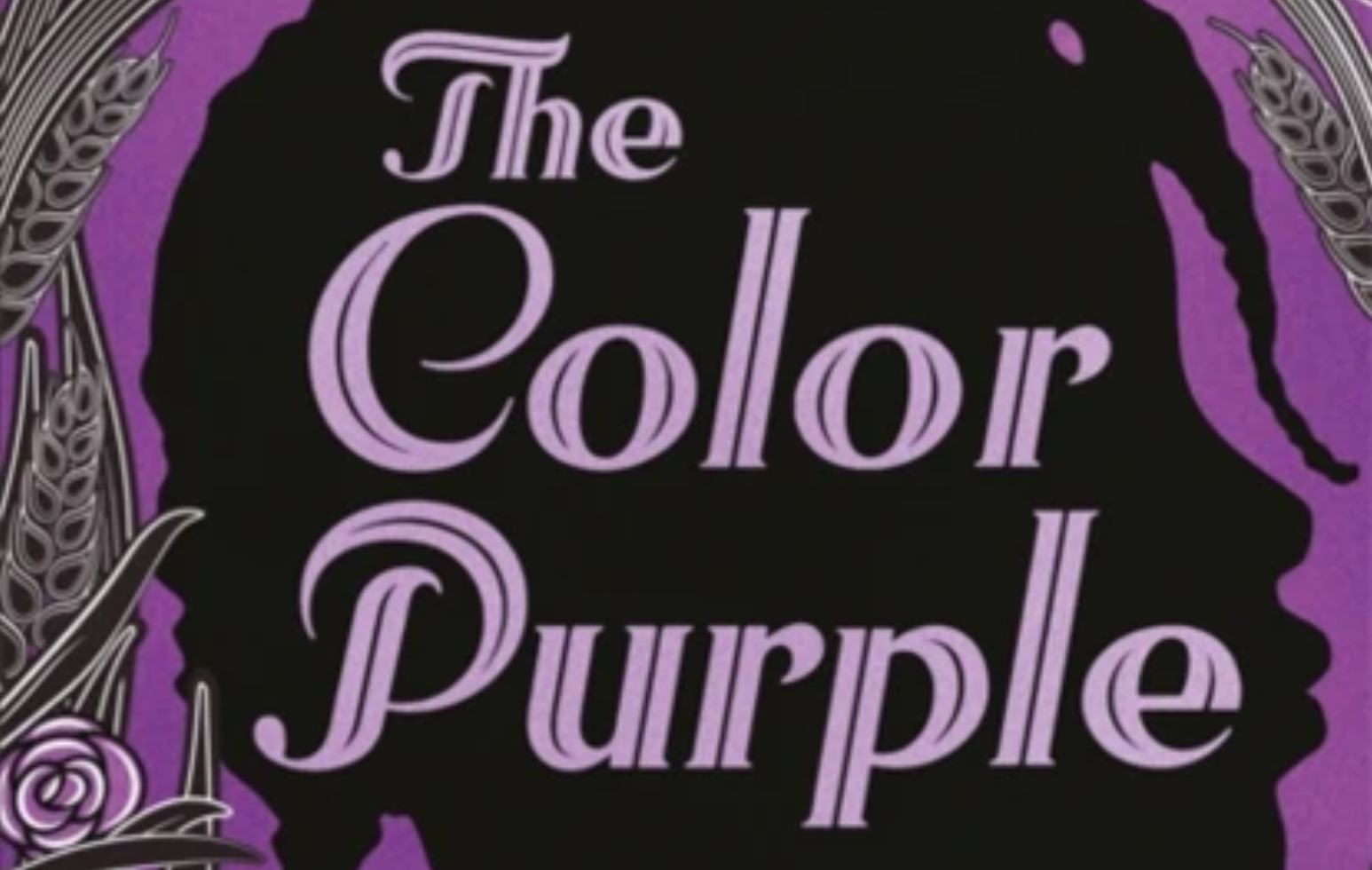| By Gale Staff |
With the upcoming release of the movie musicalThe Color Purple,教师可以抓住机会教斯图dents about the experiences of Black women in American history in greater depth. Whether students are reading the original novel in class or learning about the post-Reconstruction South, teachers can create in-depth lessons this fall semester around the film’s December release.Gale In Context: Literatureis excellent for facilitating discussions about history and current use alongside lessons aboutThe Color Purple. Articles exploring the novel’s themes and historical influences will enrich any student’s experience of understanding the novel.
Considered a classic in the African American literary canon,The Color Purplewas written by Alice Walker in 1982, and chronicles the life of Celie, a Black woman who is subjected to mistreatment by the men in her life. However, Celie finds her own strength through her relationships with other Black women, like her sister Nettie, her daughter-in-law Sofia, and her friend and lover Shug Avery. The novel’s themes of courage through female friendships and Black women’s empowerment have made this novel a hallmark in African American literature.

因为小说的释放,它被改编用力推ee times. First was a1985 film directed by Steven Spielbergand starring Whoopi Goldberg as Celie. Then in 2005, the book was adapted into a stage musical. Now the stage musical’s film adaptation will be released in 2023, with Oprah Winfrey as an executive producer. With ourGale In Contextresources, high school students will develop a greater appreciation for the upcoming movie and the original novel regarding what they can reveal about the experiences of African American women.
Discuss the Historical Background
The Color Purpleis set in Georgia in the 1920s, when racial tensions in the United States were still high. Black Americans were subjected toJim Crow Laws, which reinforced segregation between Black and White Americans. These laws dictated both the social and economic lives of Black Americans, allowing for a rich discussion on how segregation and Jim Crow shaped the lives of the characters in the novel. Some questions can include: How can we understand the social and economic positions of the characters, given what we know about this period in American history? What opportunities do the characters have to fight for? How do these historical circumstances better inform the overall theme of Black women’s empowerment in the novel?
Outside of the United States, we have Nettie, who takes care of the children of a missionary couple in Africa. We gain insight into Nettie’s experiences through her letters with Celie. Through these correspondences, Nettie describes learning about how historically Black-led civilizations thrived in Africa. In her letters, she also shares how their ancestors ended up in bondage because they were surrendered to Europeans by Africans for money. These passages can be a wonderful chance to explore the origins of the transatlantic slave trade and how Nettie struggles with reconciling that fact with promoting Pan-African solidarity.
As the novel progresses, Nettie learns that Africa is full of different countries with their own complex internal struggles, which can make for a good opportunity for students to learn more about the state of different countries in Africa during the 1920s. This project can help students see a part of the world in a more nuanced light, instead of just a monolith.
Introduce Intersectional Feminism
Examining the relationships between female characters inThe Color Purpleis a great way tointroduce the concept of intersectional feminism to students. The concept states that other identities of women can also have an impact on what privileges or disadvantages they experience in society. This idea was first expanded on by Kimberle Crenshaw in the 1980s. Although a more modern concept, we can use the characters fromThe Color Purpleto explore how their intersecting identities shape their life experiences. More specifically, we can useThe Color Purpleas an introduction to intersectionality.
For example, how does being Black and poor shape Celie’s womanhood? What disadvantages and obstacles did Shug Avery have to confront to be successful that Black men and White men and women didn’t have to deal with? We can then let the students explore how their own intersecting identities impact their daily lives, allowing them to make a more personal connection with the text and the concept of intersectionality. For students who are ready to go further, we can introduce them to real-world examples of intersectionality at play throughout history and in current events.
Explore Black Women’s Activism Today
We see women like Nettie and Shug Avery take active roles in their communities throughoutThe Color Purpleas Celie learns to come into her own. When discussing the qualities of these female characters, we can use it as an opportunity to explore current Black women’s activism. We can introduce students to the women who foundedBlack Lives Matter, Patrisse Cullors, Alicia Garza, and Opal Tometi, and how they helped shape the movement into what it is today. Black Lives Matter was founded by these three women as a response to disproportionate police violence against Black Americans and the lack of justice in those cases.
Students can also explore other prominent Black women activists and how they make a difference in their communities. These examples can be compared to how Shug Avery, Nettie, and others improve the lives of those around them.Gale In Context:Literaturecan be used by students to research different Black women activists, historical and modern.
Create Unique Learning Opportunities
Combining our rich resources withinGale In Context:LiteraturewithThe Color Purplewill allow you to create unique learning opportunities for your students. There’s no better time to take advantage of these resources than now—with the upcoming movie musical adaption coming to theaters this December. You’ll give your students a chance to take a closer look at the African American experience from a feminist perspective and use that to enhance your students’ understanding of current issues.
Not aGale In Context: Literaturesubscriber?Learn more by visiting our website!

